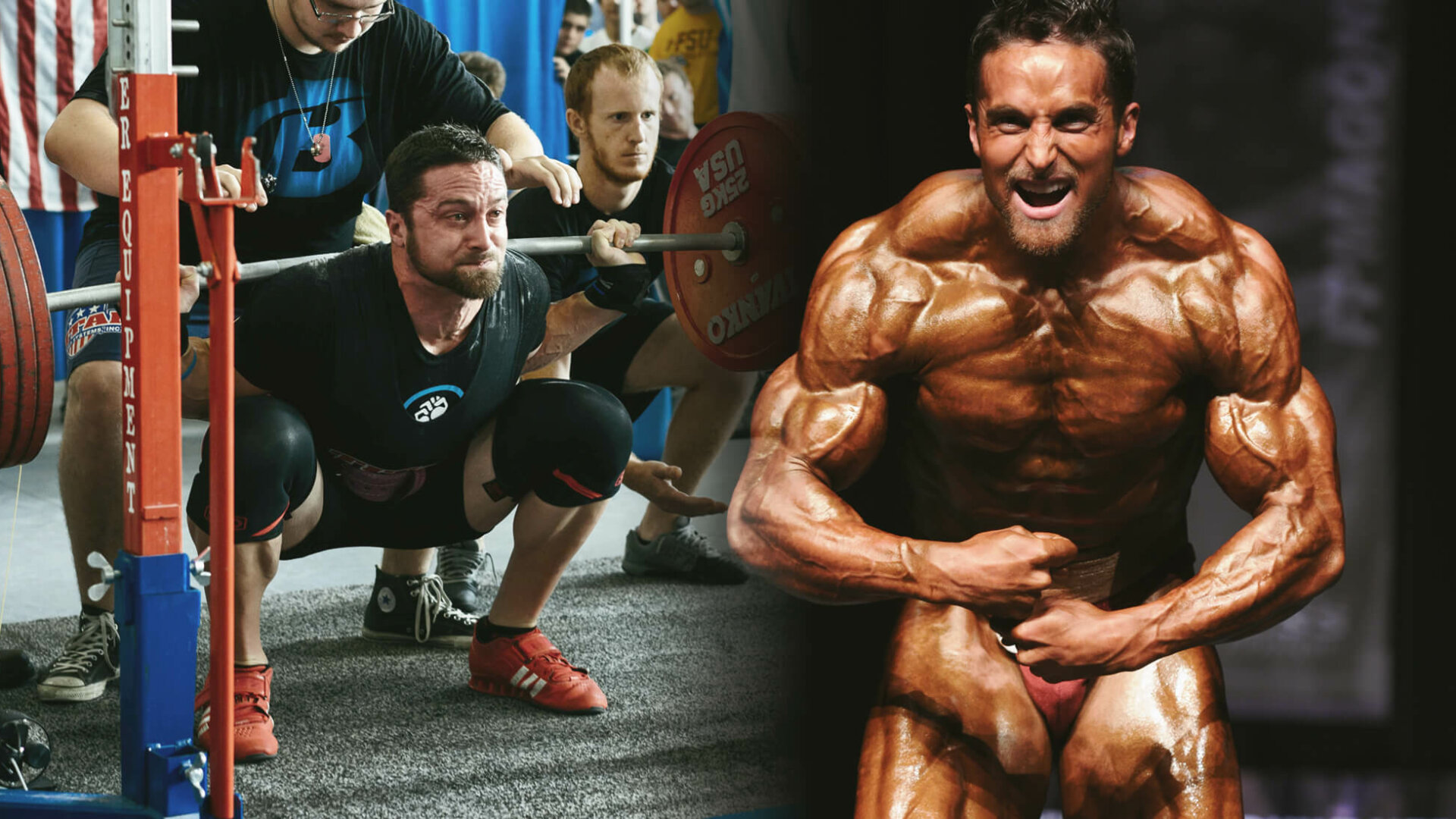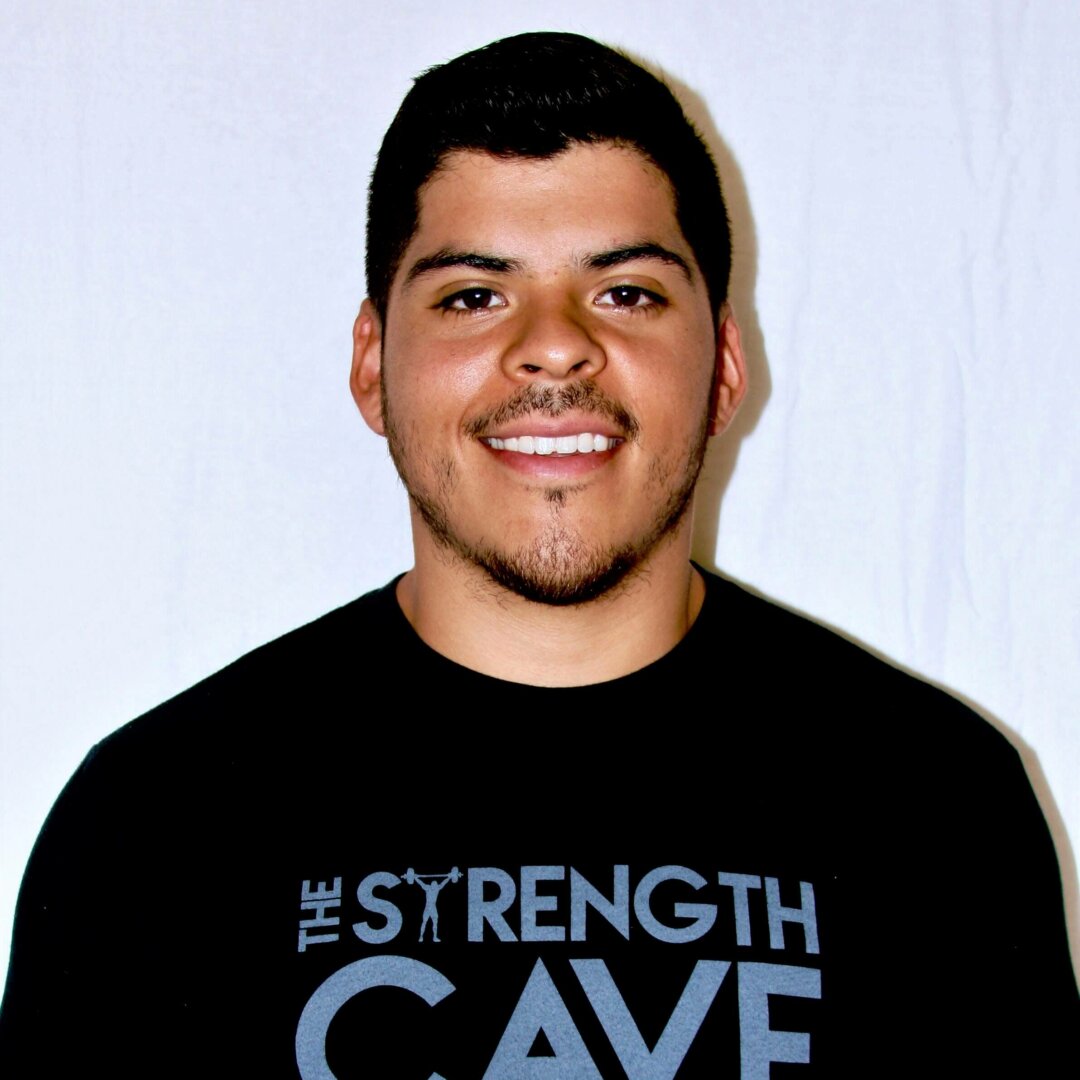Think back to the time when you first starting lifting weights seriously. You probably started doing so in an attempt to grow bigger and stronger. For a while, you probably did just that. But after the newbie gains, you had to get more serious about your training style in order to make progress. How many times did an older, wiser gym bro give you his two cents on the best way to train? Depending on who they were, the advice you received was probably biased toward either muscle building or strength building. It may have seemed like you had to choose between one, but not necessarily both.
Many students of this game will tell you that strength is achieved through high intensity training. In other words, you have to train heavy and close to your 1RM in order to get as strong as possible. On the flip side, doing heavy singles and doubles is not usually the way to get bigger muscles in most people’s eyes. Instead, you’ll probably hear the call for moderate loads in the 6-12 rep range. These diverging recommendations point to a mutually exclusive relationship between the sports of powerlifting and bodybuilding. Why then do you see powerlifters with impressive physiques and bodybuilders who can lift heavy as hell? Although the means by which you maximize your skills in each sport are different, the foundations of powerlifting and bodybuilding training are not too dissimilar.
Bodybuilding Will Lay a Great Foundation
As a powerlifter, your world tends to revolve around the “Big 3” – the Back Squat, Bench Press, and Deadlift. These are of course the 3 exercises that you will perform in competition. As such, it makes a lot of sense that you would practice these movements often. However, a lot of people make the mistake of assuming that they always have to practice those EXACT movements all of the time. In reality, being too specific in your training actually can hurt you in the long run.
Most people who found a home with powerlifting didn’t start out training the big 3 every training session. To begin, they probably stumbled across a cool workout from a friend, in a magazine, or on the internet. And chances are, that workout was packed with several foundational movements that trained the whole body. In addition, the rep ranges that were used in that workout were probably in the moderate 5-15 rep range. In actuality, most people who powerlift started out their lifting career training like a bodybuilder. Then, after one or maybe a few years of training this way, they transitioned to powerlifting.
Why did they have success as a powerlifter? Part of the reason may be genetics, or a predisposition to enjoying that style of training (we tend to get good at what we like), but another big reason is the fact that they spent time laying a foundation from which they could build intensity. They built a good deal of muscle by training like a bodybuilder, which made it easier to get strong. In addition, their structural integrity (tendons, bones, ligaments) was fortified by this training style, which made them more resilient to the high intensity powerlifting style. Finally, the slightly higher rep range and perhaps slower rep speed built high efficiency in the neuromuscular system. All of these adaptations combined made it much easier to become a good powerlifter.
Just Add Intensity….When it’s Appropriate
People tend to forget where they came from so to speak. Powerlifters seem to forget about the time they spent not specializing in the squat, bench, and deadlift. They latch on to the idea that training should be specific. As such, they believe the dogma that the best way to get better at the Big 3 is to train the Big 3. To be fair, they are correct in a certain context. Unfortunately, the context they are speaking from is that of short term adaptations. For long term adaptations, staying too narrow in the scope of training is a recipe for disappointment. You have to spend time revisiting your foundation and fine tuning the areas that need work. This means returning to that bodybuilding style of training and working things out.
When powerlifters spend an extended period of time working on their general foundational strength and structure, they find that their efforts are amplified during their powerlifting specific blocks. Additionally, they learn that they don’t have to spend so much time crushing themselves with intensity in order to get stronger. Instead, they are able to pick and choose their spots. If they want to compete, they simply add intensity to their training and get more specific with their exercise selection. Once they finish the competition, its right back to working that foundation until it is time to intensify again.
This style of undulating intensity and volume is well established in literally every other sport you can imagine. The difference between powerlifting and more traditional team sports is that the maintenance phase is much longer in other sports. You only have to spend a couple weeks at maximum strength for powerlifting. Other sports require maintenance of skill for months. However, this actually plays to your advantage as a powerlifter. Less time maintaining means more time getting better.
The “Bleed Over” Effect
Okay so it makes sense that some powerlifters have a well-muscled physique. A lot of their time is actually spent training in a way that promotes hypertrophy. But what explains the bodybuilders who can lift heavy too? This is due to the overlapping nature of training at certain intensities.
Bodybuilders may not visit the 1-3 rep range that often, but that doesn’t mean they never go there. Excluding the genetic freaks like Phil Heath, many high level bodybuilders have hit some heavy sets in training from time to time. Why would they do that? Because increasing your maximal strength also increases your strength endurance. In other words, the more weight you can lift for one rep, the more weight you can lift for multiple repetitions. Consequently, lifting more weight for reps increases volume and muscle tension which, over time, leads to a good amount of extra hypertrophy.
However, the opposite phenomenon is also true. Getting stronger at higher rep ranges will also increase your strength at lower rep ranges. This upstream effect is less pronounced compared to the downstream, ne we discussed above (neuromuscular adaptations blunt the upstream effect). However, the impact we see on 1RM is still significant. If your old 10RM for squat is 315 and now it is 335, then you can bet your 1RM has increased as well. This is why you see bodybuilders still getting strong despite the fact that they don’t train “heavy” very often. And hey, this is more good news for the powerlifter who chooses to spend some time building their foundation.
Conclusion
Despite the fact that the training styles of bodybuilders and powerlifters seem much different on paper, both styles can provide crossover benefits with one another. The training it takes to tolerate and excel at powerlifting actually stems from a bodybuilding background. This training style tends to build a robust foundation in terms of muscle mass, structural integrity, and neuromuscular efficiency. These three adaptations are crucial for anyone who wants to build as much strength as possible.
On the flip side, spending some time maximizing strength can be of great benefit to bodybuilders. Increasing 1RM strength has a downstream effect such that 5RM, 10RM, and even 15RM strength will increase. This will help the bodybuilder accumulate more volume, create more tension, and most likely build more muscle.
Even though maximizing powerlifting and bodybuilding performance may take periods of vastly different training styles, the foundations of both are very similar. The smartest thing to do would be to keep both styles of training in your program and switch back and forth as needed. This will undoubtedly lead to more success both on the platform and on the stage.



